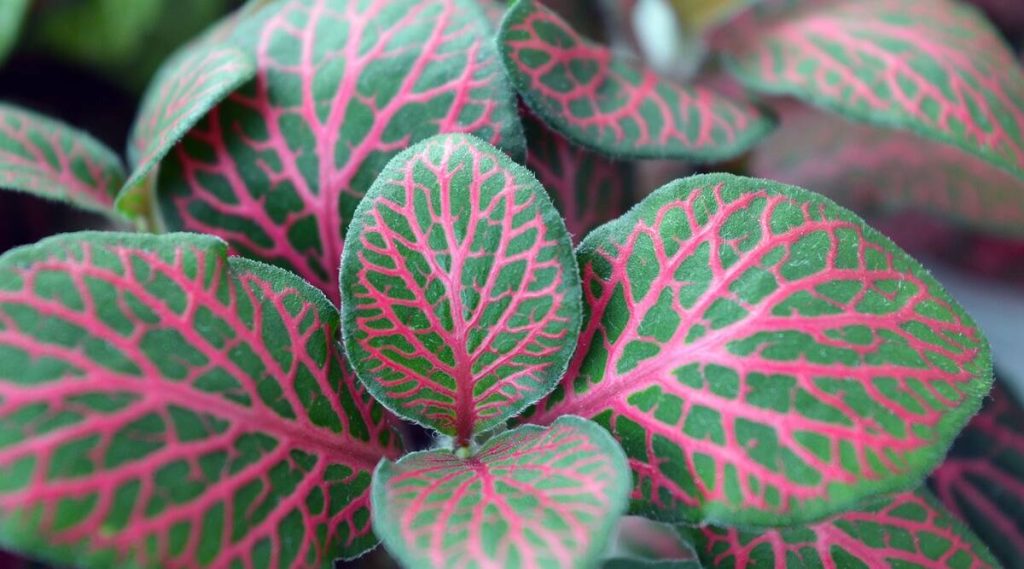
Fads and fashion have always influenced the plants we keep. And so it is with variegated plants, which have become very popular with indoor plant enthusiasts these days.
Variegated plants possess multiple colours – typically on their leaves, but in some cases on stems, flowers and fruit. Their patterns include stripes, dots, edges and patches. They’re usually green with either white or yellow, but can also feature red, pink, silver and other colours.
Variegated plants can divide opinion. I recall a great aunt telling me many years ago of her great fondness for the variegated Aspidistra elatior growing her garden. But I’ve also heard gardeners and garden designers dismiss variegated foliage because it didn’t fit with their design or colour themes.
Now, it seems indoor variegated plants are considered a “must-have” home decor accessory. But before you rush out and buy one, make sure you know how to keep it happy.
Most plant species are entirely green but occasionally a variegated individual arises. Some catch the eye of a dedicated plant collector or nursery worker and become a popular variety.
Plant variegation can occur for several reasons.
In some plants, such as the flowers of tulips, it’s due to a viral infection. The resulting streaks of different colours may be cursed or valued depending on the aesthetic effect.
Others plants, such as those in the genus coleus, are naturally patterned. Groups of cells produce different colour combinations, causing leaves to grow with attractive markings.
Plant variegations can also arise from a genetic mutation.
[“source=pcworld”]
| M | T | W | T | F | S | S |
|---|---|---|---|---|---|---|
| 1 | 2 | 3 | 4 | 5 | 6 | 7 |
| 8 | 9 | 10 | 11 | 12 | 13 | 14 |
| 15 | 16 | 17 | 18 | 19 | 20 | 21 |
| 22 | 23 | 24 | 25 | 26 | 27 | 28 |
| 29 | 30 | |||||
























